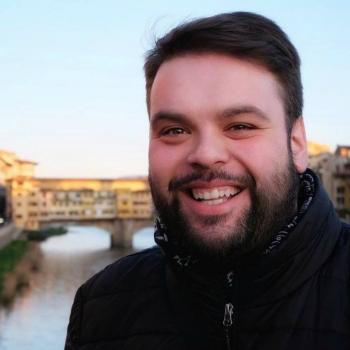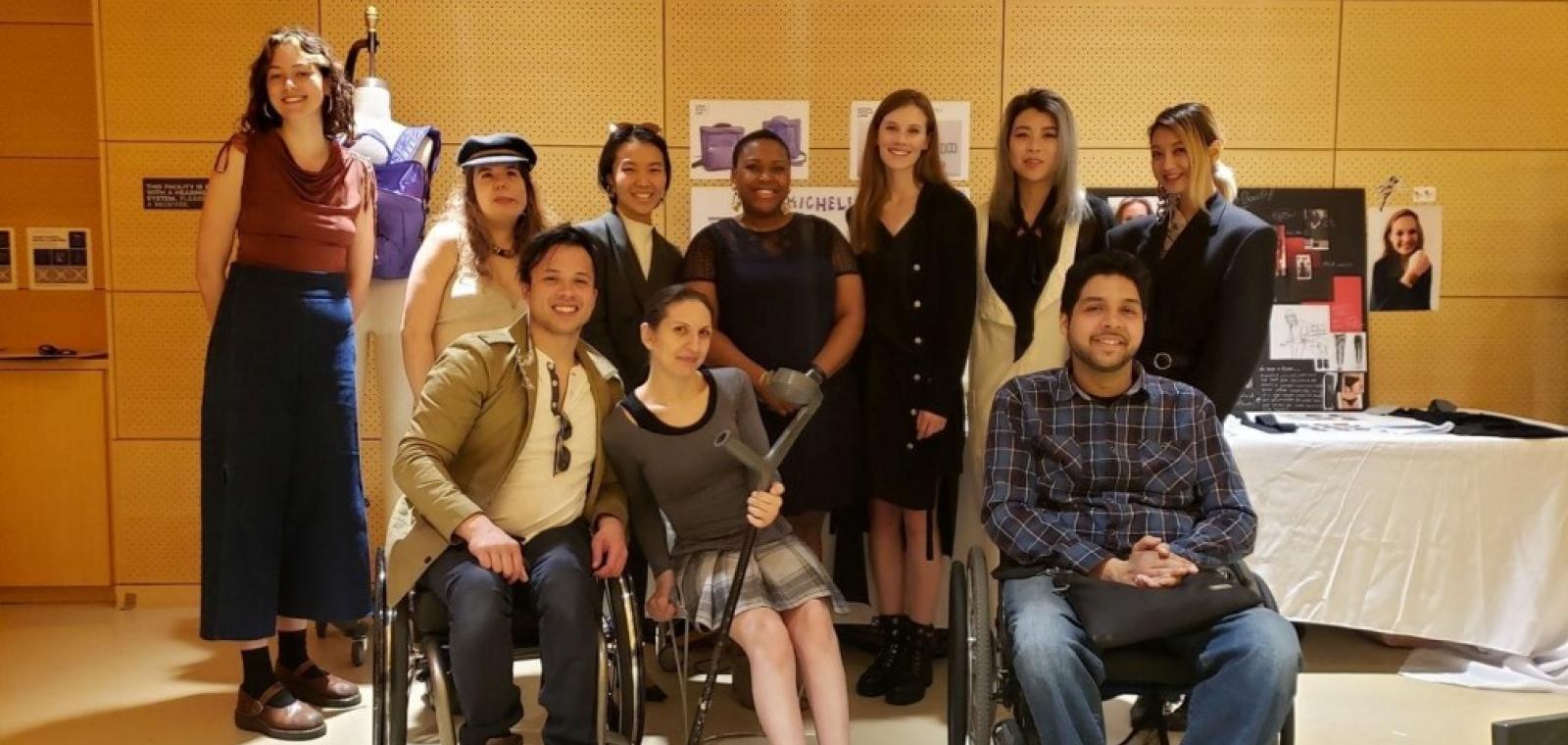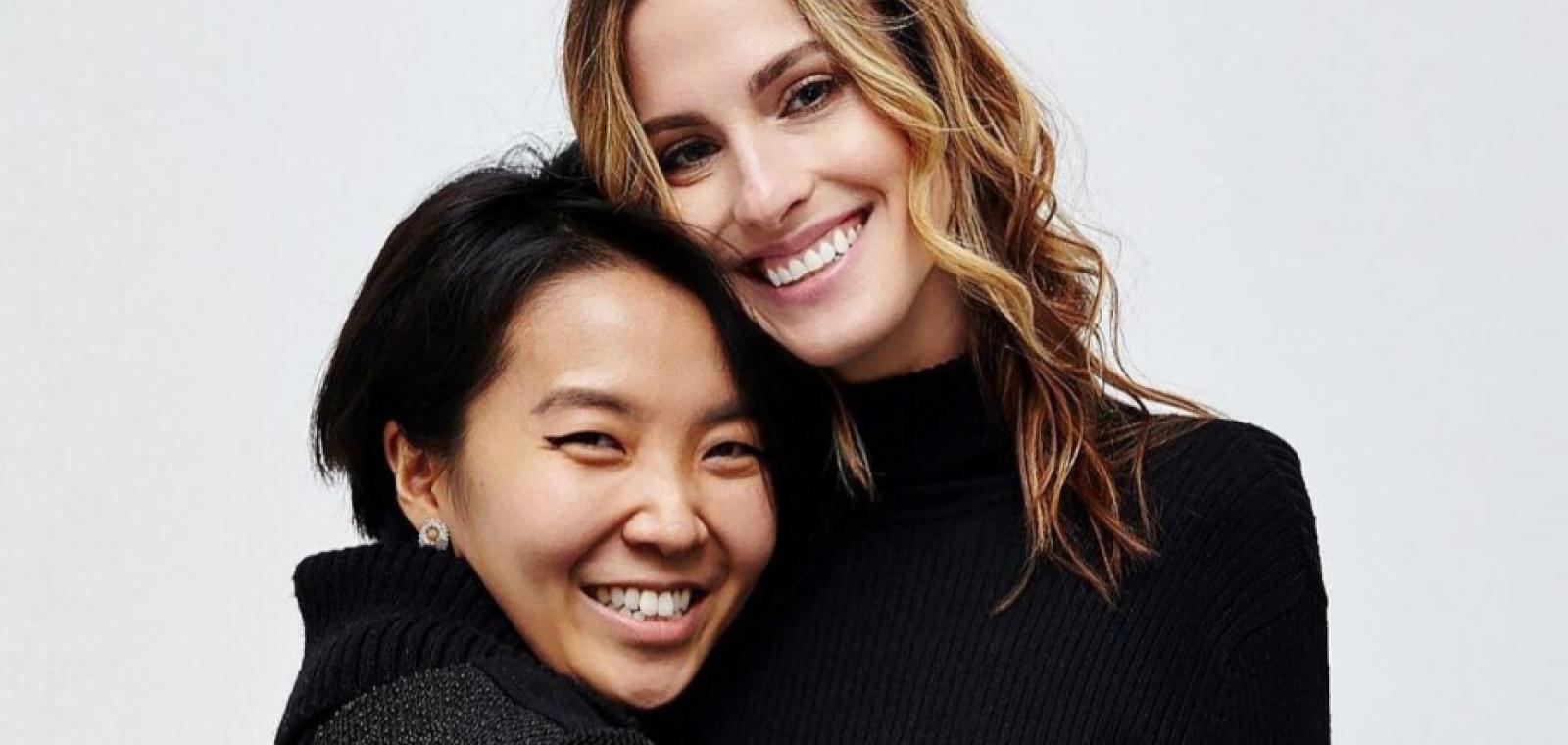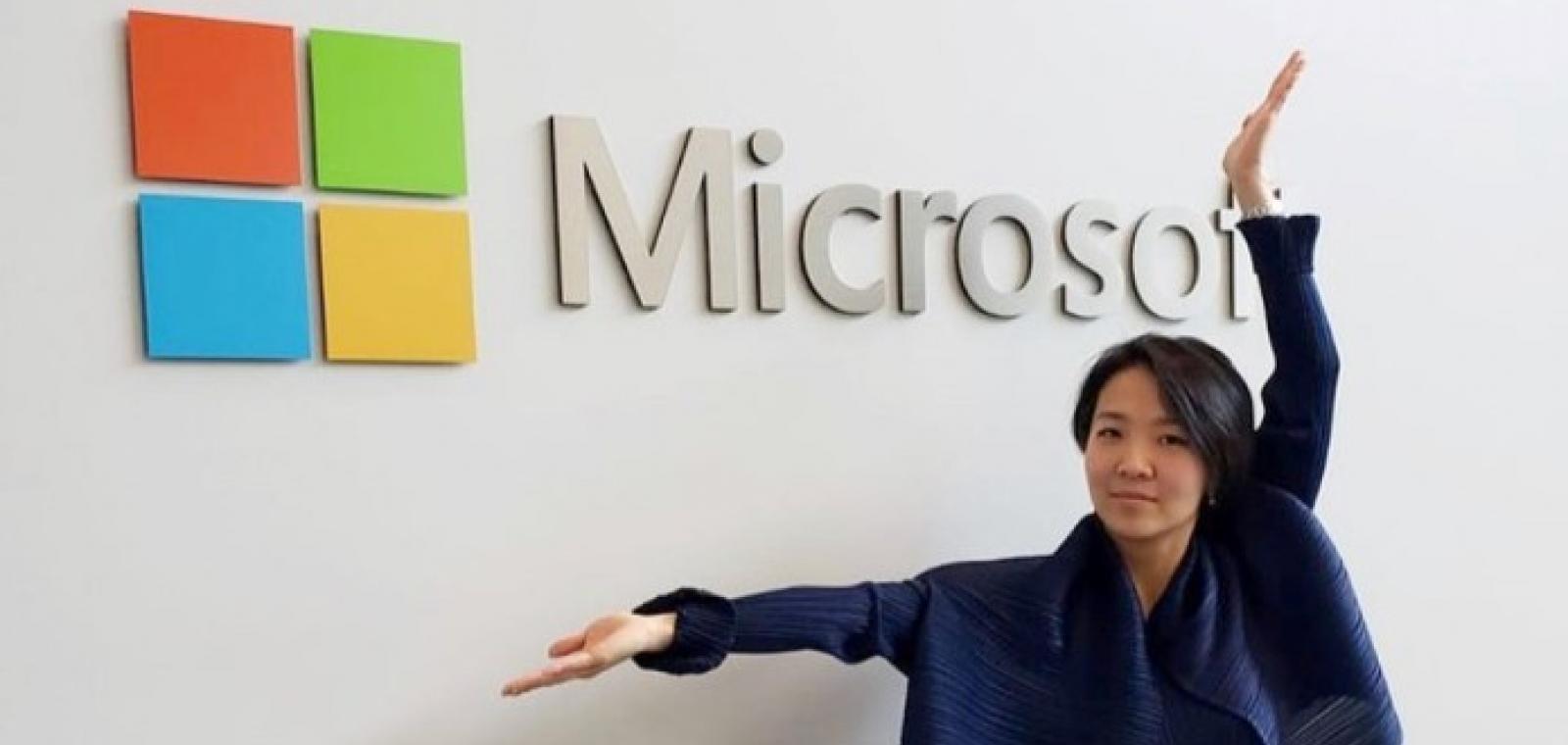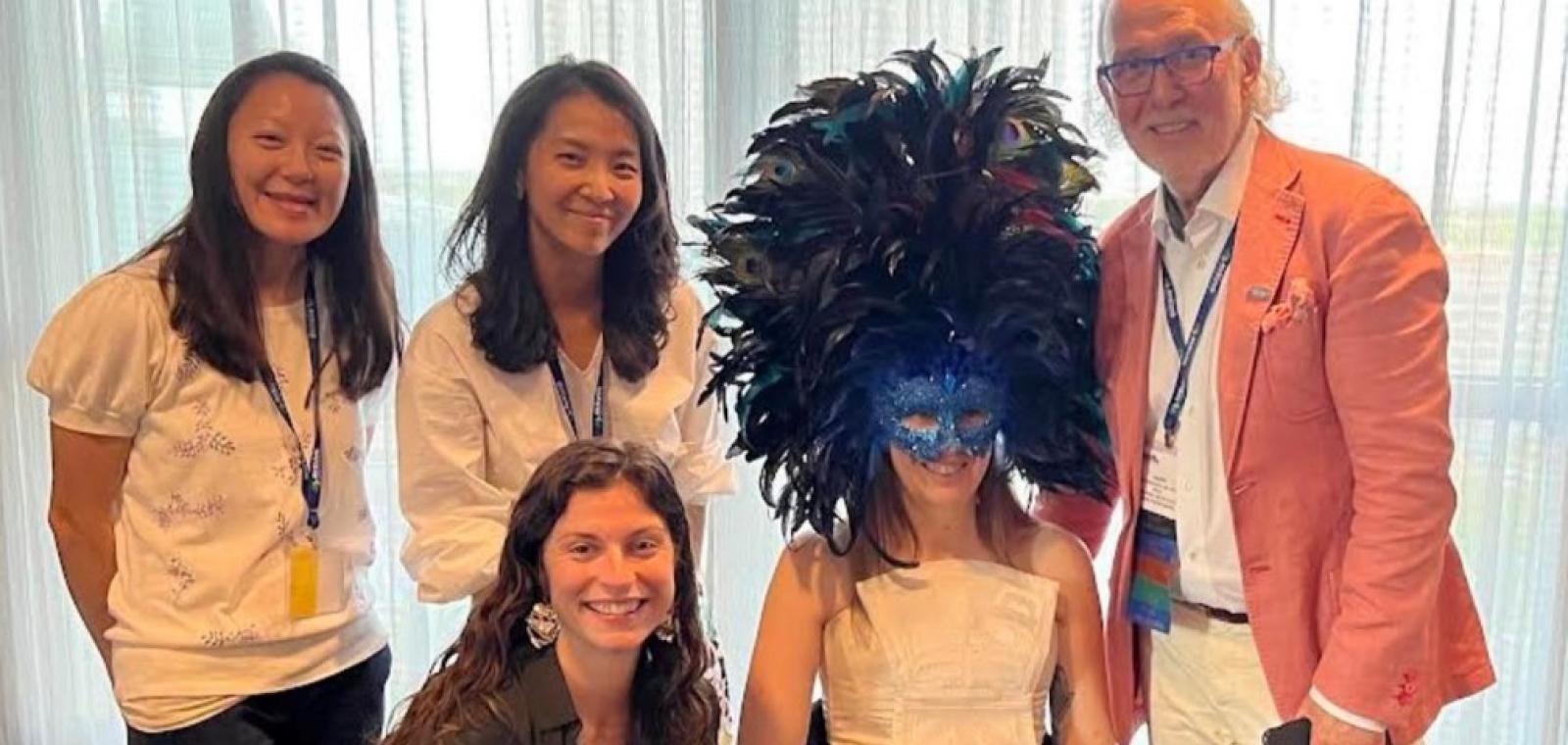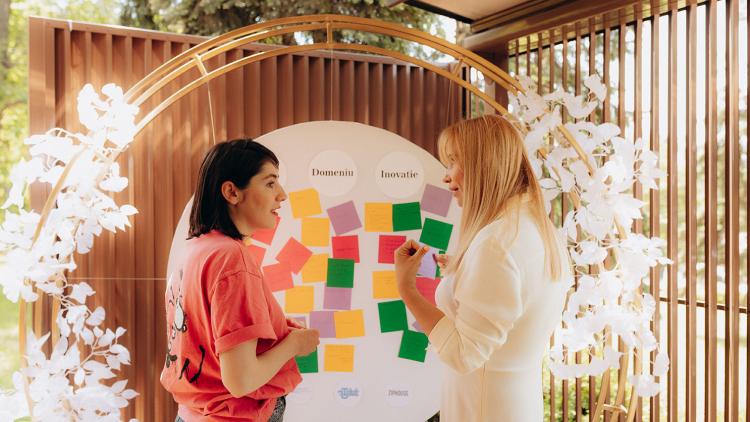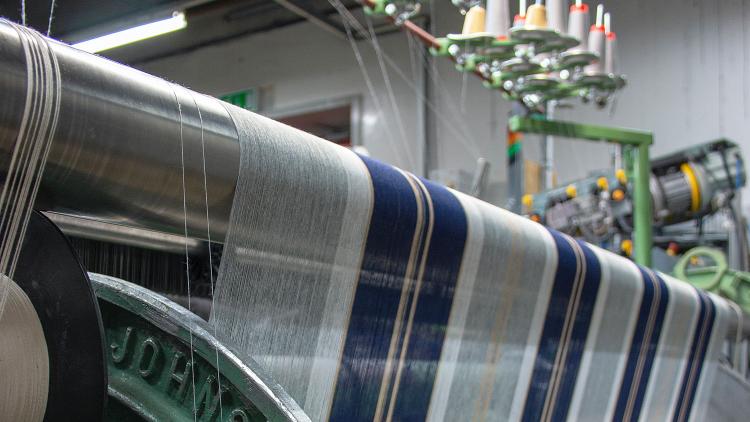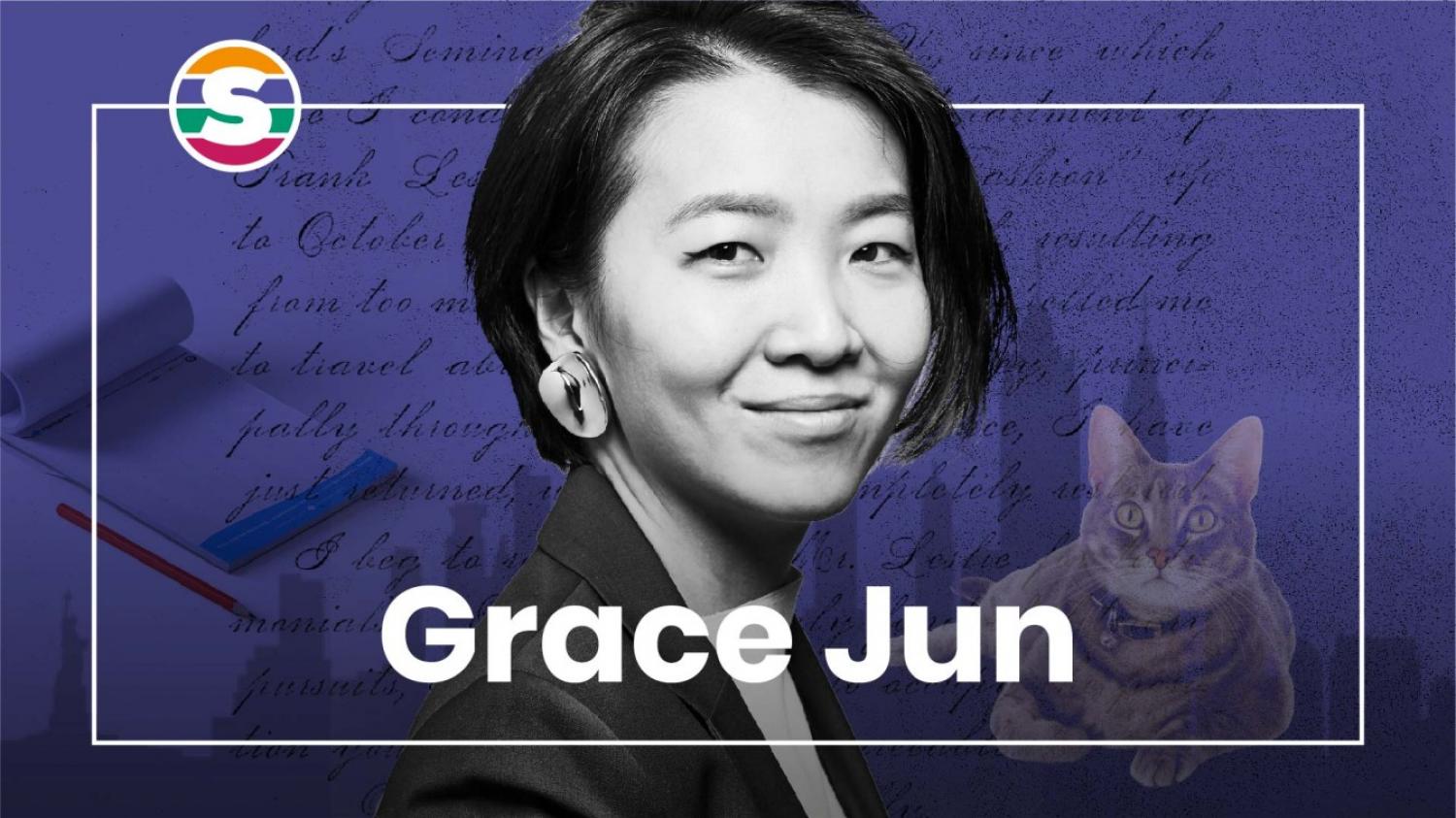
Grace Jun speaks about inclusiveness beyond gender and how we can create inclusive and accessible fashion designs.
Grace Jun is a tenure-track Assistant Professor at The University of Georgia (UGA), researching creative practices that increase social inclusion. She is the Chief Executive of Open Style Lab, a nonprofit organization researching creative practices that are inclusive of disability, which manifests into outcomes such as accessible graphic design and adaptive fashion.
For the shemakes voices series, she was interviewed by Anastasia Pistofidou, architect specialized in digital fabrication technologies, design and education, co-founder of fabtextiles.org.
See the full interview in the video below.
Anastasia Pistofidou: What is the absolute coolest thing you’ve had the chance to work on?
Grace Jun: At the very height of the covid pandemic I was asked to create a mask design by The Washington Post. I wanted to make something accessible that anyone or more people could be able to wear, so I created the “open source pattern template” which is a three-layered face mask made with cotton and stiff fabrics that was published with a detailed tutorial to make it at home. It was awesome to work on this project especially because we didn’t have enough supplies during that time. Jumping off this fantastic experience, with Open Style Lab we started a collaborative multidisciplinary approach to develop an extension of the pattern for people with hearing loss and other disabilities. Our group was made of fashion designers, engineers, material science majors, activists and disability groups working all together to find an inclusive approach to the issue. It was fantastic teamwork.
AP: What was the turning point that woke you up to the need to include those accessibility and inclusive approaches in your practices?
GJ: I left the IT industry at the height when User Experience was really getting popular. I saw the potential of technology really taking off but there was a lack of connecting with actual people. I wanted to practice human-centered design, make things and create relationships which led me to the creation of Open Style Lab.
AP: Do you think there is gender imbalance in your sector?
GJ: We don’t have the same opportunities as our male counterparts, especially when it comes to investing or having the access to work with bigger groups. I started searching between intersectionality of gender disability and design and found a new ground that gave me the opportunity to innovate and create those opportunities of business for other women.
AP: Do you think there is a need to encourage women to work in your sector? And how might we do that together?
GJ: It is really about having the right mentorship and surrounding yourself with the people that you want to develop with. Open Style Lab is predominantly made up of women. We are a diverse group of people approaching race, gender and disability in different ways but with a one shared vision: create innovation for people with disabilities who are probably the most underserved and don't have any access to a variety of services and other things.
AP: With shemakes we have developed an “Open Toolkit” with replicable lab activities aiming to to encourage girls and women to learn skills or get involved in areas more typically associated with boys and men. What do you think about this “open” culture?
GJ: These days people are getting their knowledge from different places. Even my students are learning from different sources which made me realize that you can’t really expect to be the only source of their knowledge.
I think it is very important to have an open mind but you should also be able to distill and summarize for your target audience. For example, at OSL we publish a few journals in order to generate income for our own community: we hire lecturers and teachers, bring stipends for kids with disabilities. We have to be open source, but we should be also able to have the resources to generate new projects and contents.
AP: Have some of your program participants managed to find a place in this field?
GJ: Yes! We had an engineer fellow who was studying mechanical engineering that started working on UX projects for hardware products, while most recently we have some fashion designer fellows bringing in adaptive designs at large retailers like Ralph Lauren. It’s always exciting to see where everybody goes.
AP: How can we make fashion more inclusive? It’s definitely a big topic, but I would like to hear your take on it.
GJ: Hiring disability talents. They are experts in the field and definitely make your team multi-disciplinary because you want different perspectives. There are cognitive or physical disabilities and everyone has a different experience to it. Either way, I would start off with a person, especially someone who has that experience and then bring in complimentary team members who also have diverse skill sets to be able to identify certain pain points, needs or opportunities where design can be leveraged to be more accessible for more people.
AP: Could you tell us one of the inspiring projects you are currently working on?
GJ: Well, I am at this point where I feel like I am repeating a lot of things I did, either with students or academics and adaptive fashion startups. So, I have been writing a book that will be out by Bloomsbury Publishing next year focusing on how to really talk about inclusive design in the context of fashion. It will show narratives, examples of collaborative approaches that are all different, challenging and extremely beautiful. That’s my pet baby project right now.
AP: What advice do you have for people or companies who want to become more inclusive in their work?
GJ: Learn to be comfortable with the uncomfortable. Collaborate with people that you don’t normally approach day-to-day, talk and try to understand their perspectives. Get out of your comfort zones.
Photo credits: Open Style Lab on Facebook
If you were an animal what would you be, and why? Shark. I am usually slow yet constantly moving when working on projects. I also just like sharks because they are fascinating and have been around for hundreds of millions of years.
What city do you identify with and why? New York - I was born and raised there. I love the diversity in design, arts, food and people.
If you were to leave your favorite object to the next generation, what would it be and why? A notebook - I believe in the art of writing and not always resorting to digital tools. Notebooks are something I always keep with me and collect over time.
What impact do you hope your work will have on the future of the sustainable fashion industry (or beyond!)? I had always hoped my work to will raise awareness around how fashion can be inclusive and becoming in many ways empowering for people with disabilities.
Shemakes voices is the digital interview series that celebrates women innovators in the textile and clothing industry. Each month a partner of the shemakes consortium will dialogue with one of our advisors: a diverse group of women who have succeeded in building movements or services, or exploring innovations and technologies in the textile industry.

